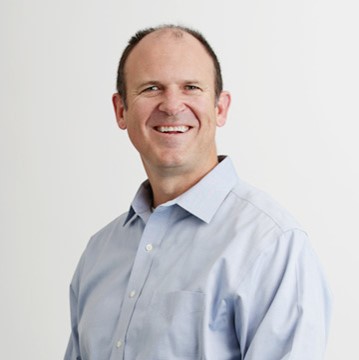Strategy
Wealthy Women And The “Suddenly Single” Challenge

A California-based advisor talks about how women who are bereaved or divorced face specific wealth planning and protection issues that aren’t always well understood.
Wealth managers globally could generate billions in additional revenues if they engaged more with women who often become the main holders of financial assets. And when divorce and bereavement strike, many of these women are not always financially prepared.
EY, aka Ernst & Young, recently reported that two-thirds (67 per cent) of women think that their wealth manager/private banker misunderstands what they want. The organization also said that women often feel patronized and unwelcome by a profession which is still a male-dominated one. In mainland China, the UK, Singapore and Hong Kong, women are even more disgruntled. Examining the size of the sector and complaints that women were under-served, it guessed that us much as $100 billion in extra revenue could be earned by fixing this.
With women typically outliving their male spouses, it is often the case that women in their 70s, for example, can proportionately hold more wealth – a fact that banks and advisors need to be mindful of. And a particular challenge is how to engage intelligently with women who have become “suddenly single” as a result of a marital break-up or the death of a partner.
As the Baby Boomer generation ages, the issue is becoming acute, arguably far more significant as a wealth planning matter than focusing mainly on what Millennial adults want to do with their money.
“In many cases when a person passes away, a person is so distraught that they neglect steps they should be taking,” Spuds Powell, managing director at Kayne Anderson Rudnick Wealth Advisors, based in Los Angeles, told Family Wealth Report recently.
“Try to earn your clients trust and confidence so they feel totally comfortable asking any questions. To do so, I spend quite a bit of time educating and informing my clients about basic investment concepts and what differentiates the most successful investors from the masses. It is critically important to communicate in a way that makes your client feel comfortable,” Powell, whose firm was formed 35 years ago, said.
The business oversees a total of about $25 billion. Most clients are based in California. Kayne Anderson Rudnick Wealth Advisors also has satellite offices in San Francisco, Boston, and Utah. The average client has about $10 million invested with the business.
About 30 per cent of his clients are single women, such as those who are divorced or widowed.
“Most of these clients had to cope with their financial affairs for the first time in a big way when they became single,” Powell said. “I’ve learned what it takes to help such women successfully.”
Lifespans
“Your clients who are UHNW/HNW white females could easily live to
be 92 years old or substantially older. Few in our industry seem
to grasp the critical difference this makes in long-term
financial planning. This demographic group has the highest life
expectancy of any other demographic group in the US,” according
to a commentary last year from the Cannon Financial
Institute, a US-based group.
“Seventy per cent of married women will become widows. To put it another way, only 30 per cent of males will outlive their female spouses. How will widowhood affect your female clients financially, especially if the late husband had children by a previous spouse?” the organization said. It concluded: “Since more than 80 per cent of financial advisors are middle-aged men, you might not be as cognizant of this issue as you probably should be. But it will be a significant issue for your clients who are women as well as your clients who are couples, whether married or not.”
Tests
In Powell’s case, he can test if he does a strong job by tracking
client referrals.
“I find that single female clients who are happy with us tend to be more willing to refer friends and family members to us more often than just about any other demographic. To me, receiving referrals is the ultimate testimonial to the quality of our clients’ experience [of] investing with us,” he said.
As previously noted, understanding this client segment contrasts with the apparently intense focus on Millennials, as seen by this publication’s email inbox from firms wanting to talk about the issue. However, there appears to have been more awareness about the wealth transfer challenges of older people in recent years, including where questions of cognitive decline arise.
“Although I think it is important for our industry to develop effective wealth management solutions for the Millennial generation, I believe it is equally important to cater to wealthy single women (regardless of age),” Powell said.